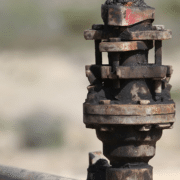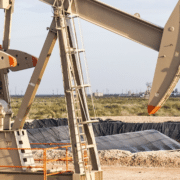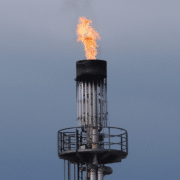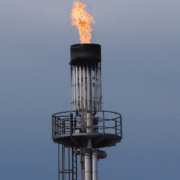Here in the Lone Star State, we know what we have is valuable. Texas is a great place to live and also has some of the world’s largest producing oil and gas fields spread across the state. If you’ve got a special piece of this land that you’d like to sell for your financial gain, the property’s mineral rights can be very valuable. In this article, we will outline five simple steps to take when selling mineral rights in Texas.
1. Get Your Paperwork Ready
In order to sell mineral rights in Texas and any other state, you will need to prove that you own them. Try to locate any documents that legally describe your mineral rights property like fees, leases, and stubs. This is important because mineral rights transactions are not required to be published, and occasionally mineral rights records are lost.
2. Evaluate the Value of Your Mineral Rights
Next, seek out an industry expert to provide you with unbiased, honest information about your property. Get together any records of your property’s wells history in addition to GIS maps and data. This will give you a baseline for companies to bid upon.
3. Let the Offers Flood In
When you’re ready, you can begin to contact oil and gas companies or property managers to help you sell your mineral rights. Mineral rights in Texas can be extremely valuable, so there are many people ready to help you earn the best possible deal on your sale.
4. Determine the Best Deal on Selling Mineral Rights in Texas
After contacting enough potential partners, carefully analyze the contracts and the subsequent negotiations. There really is no standard contract for selling mineral rights, so the value of your sale is determined by your property’s value, your negotiations, as well as current market prices.
There are some search terms you can use on Google like “mineral rights texas search”.
Most importantly, you will want to try and receive a large lump sum for the sale of your mineral rights. Secondly, you may be able to later earn royalty interests on the land’s oil or gas production.
5. Sign the Paperwork and Celebrate
Once the documents are signed, the hard work is over. In oil and gas leases as well as mineral rights sales, the mineral rights owner rarely has to do much of anything at all. Instead, they are able to earn an income from selling valuable mineral rights.
Conclusion on Selling Mineral Rights in Texas
If you have further questions on Selling Mineral Rights in Texas, feel free to reach out to Ranger Land and Minerals.










